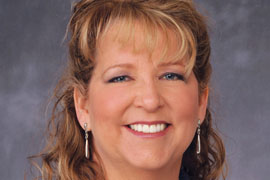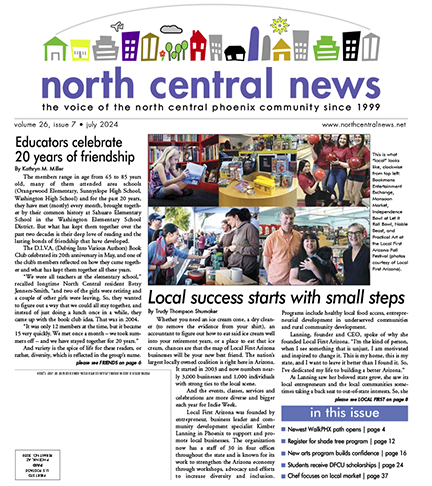October is Breast Cancer Awareness Month, so let’s take a look at what I sometimes see on mammograms.
As women age, they sometimes get tiny specks of calcium called calcifications in their breasts. Resembling grains of salt, calcifications are too small to feel, but they appear on a mammogram as small, bright white spots.
Calcifications, which are not related to the amount of calcium in a woman’s diet, show up on about half of all mammograms in women 50 and older. In women under 50, calcifications are on approximately one in 10 mammograms.
They may be related to age, past injury or inflammation from an infection, for example. Calcifications are harmless most of the time. It’s when they show up in certain patterns—clusters or all in a line—that they cause concern about cancer.
There are two types of calcifications, macro and micro:
• Macrocalcifications look large and round on a mammogram. They’re almost always linked to a benign (non-cancerous) breast condition and need no follow-up.
• Microcalcifications are small and more numerous than macrocalcifications. Clusters of microcalcifications are associated with extra breast cell activity. Most of the time, this is non-cancerous extra cell growth, but microcalcifications can occur in areas of early cancer. I’ll note if they have changed over time.
Follow-up tests, such as a biopsy, may be needed to rule out cancer. If I’m not 100 percent sure they’re benign, I’ll monitor you every six months for one to two years. After two years of follow-up with no new changes, I’ll recommend a routine annual mammogram.
If cancerous cells are found from the biopsy, treatment may require surgery, radiation and/or chemotherapy.
I also see cysts, fluid-filled collections, on some mammograms. Quite common, cysts are very rarely associated with cancer. Ultrasound is the best way to tell a cyst from a solid mass because sound waves pass through a cyst. With a solid lump, the sound waves bounce right back.
Occasionally, I see a fibroadenoma, a movable, solid, smooth lump. Although it’s benign, a fibroadenoma that’s getting bigger is sometimes removed to make sure it’s not cancer. A biopsy can determine if a suspicious tumor is a fibroadenoma or cancerous.










































